This post originally appeared on CityLab on January 12, 2017.
Last summer, as Donald Trump was pledging to Make America Great Again through tariffs and a “great wall” along the United States’ southern border, the Leave campaign in the United Kingdom urged Brits to “take back control” of their country by exiting the European Union. Although many urban voters in both countries rejected these ideas, they won out at the polls.
The populist tide sweeping Britain out of the EU and Donald Trump into the White House has unmoored the status quo in both countries. In the Netherlands, France, and Germany, leading candidates in national elections this year threaten to further upset the international order with nativist appeals and policies that could further restrict immigration, close borders, and deepen the fissures within the EU.
For cities, the impact might be described as existential. The anti-trade, anti-immigration sentiment powering the populist movement is a rebuke of the openness and diversity that defines the modern global metropolis.
How will this political and economic eruption play out for cities across the world? Inspired by the classification of mythic cities in Italo Calvino’s novel Invisible Cities, we propose that U.S. and European cities will, to varying degrees, assume five identities as they react both to political shifts and to market and demographic forces under way in our societies.
The Besieged City
Cities have been the targets of sieges for thousands of years, although today, budget cuts and regulatory rollbacks have replaced battering rams and bombardments.
Political and economic institutions nearly everywhere are structured so that cities rely on central governments. The largest single investor in a city is often the national government, which acts through an array of programs that, among other things, provide a safety net for the disadvantaged, advance science, and incentivize private investment. Nations also set the rules of the game on issues as diverse as the lines defining borders and citizenship, the quality of air and water, the sources of energy, and the rights of workers, consumers, and minority populations.
Cuts in funding and shifts in national regulations will have real, dramatic consequences on the ground. National governments, for example, may cut funding for programs that deal with urgent challenges like housing, homelessness, health care, and public security. Yet cities do not have the luxury of ignoring issues that are highly visible and affect the daily lives of urban residents.
Particularly in the U.S., cities will go through a painful process of triage—changing tack and raising public, private, and civic resources to respond to immediate needs.
The Opposition City
Major cities have become key players in opposing the anti-trade and anti-immigrant efforts of national governments. In the United States, the mayors of New York, Los Angeles, Chicago, and other cities have declared sanctuary status, signaling their intention to fight mass deportation of immigrants. The mayor of London is exploring the legality of London-only work visas to maintain the free mobility of labor in the world’s premier financial capital.
As 2017 proceeds, cities will be on the forefront of opposition to national efforts to weaken health-care security, safeguards for the climate, and consumer protections. Opposition will take multiple forms. We should expect aggressive campaigns to mobilize citizens, apply political pressure, and beat back legislative reforms.
The Progressive City
Cities are doing more than just opposing anti-urban national policies; they are actively pursuing progressive agendas of their own to improve the lives of residents. Across the U.S. and Europe, cities are leading efforts to lower carbon emissions, boost energy efficiency, and accelerate the transition to renewable energies.
In the U.S., cities such as Seattle and Washington, D.C. have enacted living-wage ordinances, in many cases doubling the minimum wage set by the federal government. In Germany, cities including Hamburg and Berlin are leading efforts to integrate Syrian and other refugees through imaginative housing, education, and skills-building initiatives.
The ability of higher levels of government to undermine these progressive efforts is mixed. There has been ample attention paid in the U.S. to the efforts of states such as Alabama to preempt the ability of cities to enact living-wage ordinances. Yet many progressive efforts in cities have broad business and philanthropic support, so the politics of state preemption are not so simple.
The Prosperous City
The ability of major cities to act with purpose and intention depends on their economic power and market relevance. Economic restructuring and the demographic preferences of talented workers have revalued proximity, density, diversity, and vitality—in a word, “cityness”—over dispersion and decentralization.
The accelerated pace of innovation has reinforced the benefits of agglomeration and propinquity. This has enabled, for example, Pittsburgh—home to two advanced research institutions, Carnegie Mellon University and the University of Pittsburgh—to be a first mover in next-generation technologies such as autonomous vehicles and robotics.
As national governments scale back, we should expect that private and civic investments and initiatives will scale up. The fact of the matter is that large market and demographic forces have fundamentally altered the spatial geography of innovation in the world and often operate with little regard to government policy.
Cities will also get smarter about how to use their market position for fiscal purposes. Copenhagen and Lyon, France, are using the value of public assets including land and buildings—and new publicly owned, privately managed corporations—to invest at scale in infrastructure and spur the large regeneration of harbors and urban districts. Like other urban innovations, we should expect these new models of city governance and finance to spread fast.
The Networked City
The power of cities lies in the fact that they are not governments, but rather networks of public, private, civic, university, and community institutions. Governments can be hijacked by partisanship; networks, by contrast, reward pragmatic action.
In mid-sized U.S. cities such as Indianapolis and San Diego, networks of leaders are collaborating to use private and civic capital and expertise to fuel inclusive growth. Multi-city collaboration is on the rise, just as the ability of national parties to work together is on the demise. Cities will work together not just to inform policy debates, but to affect economic growth and social progress, creating new forms of financial instruments like Pay for Success bonds and green bonds, supporting affordable housing, green infrastructure, and pre-K education.
In 2017, whether the populist tide surges or recedes, cities will continue to be pulled by the gyrations of national politics and motivated to be agents of their own destiny. Watching how these forces collide and repel will tell us much about the future of global engagement.
The Brookings Institution is committed to quality, independence, and impact.
We are supported by a diverse array of funders. In line with our values and policies, each Brookings publication represents the sole views of its author(s).
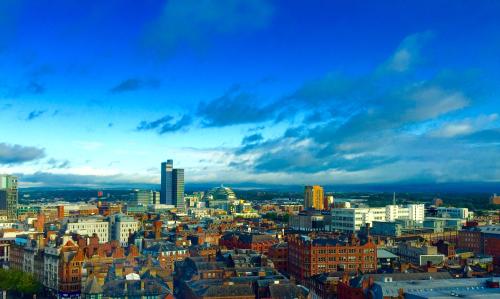
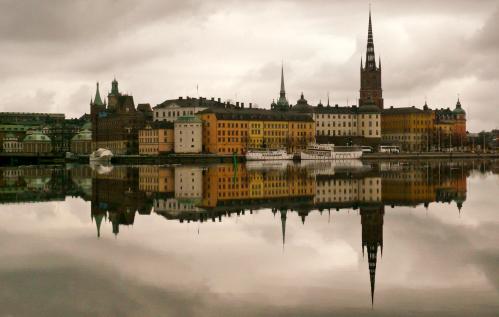
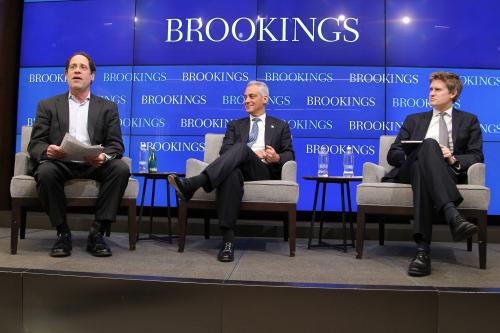

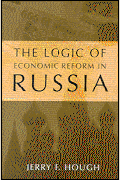

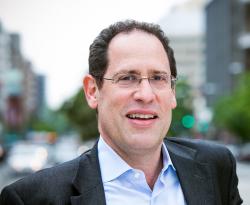




Commentary
The 5 kinds of cities we’ll see in the populist era
January 30, 2017